Looking for:
Affinity designer change background to transparent free

Affinity designer pdf transparent background free replace.me to Create PDF with Transparent Background in Windows Popular replace.meound Design [ ]. 1. Import Photograph. Unsurprisingly, the first step in making an image’s background transparent in Affinity Photo is to properly import it. To do this, open Affinity Photo and then select the “File” menu and the “Open” option. Once here, all you need to do is select the image you intend to edit and double click it to import it into. Aug 05, · Prep file for Export. Now that you have the transparent background delete the black and white layer from the file, and you have your art back to the original settings. At this point, you can play with the contrast or any other edits to the art. Once you are satisfied with the graphic, make sure you export it as a PNG to have a transparent.
Affinity designer change background to transparent free.Recent Posts
If you have any questions or need clarification for any of the steps taken in this lesson, simply leave a comment below! Want to learn more about how Affinity Designer works?
Enroll Now. Want to learn more about how Adobe Illustrator works? Check out my Illustrator Explainer Series – a comprehensive collection of over videos where I go over every tool, feature and function and explain what it is, how it works, and why it’s useful. This post may contain affiliate links. Read affiliate disclosure here. Your email address will not be published. With the selection of the black surrounding pixels that’s present in the saved file, simply click on the Background layer and hit Delete – your selected black pixels will be deleted, ie that area will become transparent.
I hope I’ve not misunderstood what you’re after! This seems rather obvious, but then, what’s obvious to one person ain’t always going to be obvious to another…. Create a round-cornered rectangle of the required size and position it on top of the existing image. Go to the Layers panel, drag the new rectangle and drop it onto the thumbnail of the image to mask the target layer so that the black corners are no longer visible.
I don’t understand anything of it That’s all I need Why is it so idiotic complex in Affinity??????????? The whole picture is the ‘background’. Deleting the background deletes the whole picture At this point I guess I just want my money back Affinity lacks to much basic features or are to complex You must have dropped it in the wrong place.
In the file you supplied, you have already selected the part of the background that you want to remove, so I took that as the starting point here. Since it’s not initially selected, click the Background layer. Then click the delete button on your keyboard and boom! Depending on the paper’s texture you may need to delete several different shades in the background. If you have a note or spot that needs to be deleted use the eraser to finalize the cleanup.
Prep file for Export. Now that you have the transparent background delete the black and white layer from the file, and you have your art back to the original settings. You could skip this step and just start outlining your image subjects using the selection brush tool, but this task will go a lot smoother if you choose the ideal brush size first and know how to alter sizes as you go.
To increase and decrease the brush size of your selection brush tool, press the left and right bracket keys on your keyboard. The left bracket key will decrease size and the right bracket key will increase size. This will make it easier to get into smaller sections around your subject or can make the whole task go by quicker if a larger size will work.
Now, you can finally start outlining the subjects of your image, which is the most crucial step of creating a transparent background excluding your subjects unless you want the entire image to be transparent, in which case, you can go ahead and outline everything with the selection brush tool and just press delete.
You should see dotted line appear on the edge of your subject where you are drawing, and then another dotted line on the other side of your brush tool. Just focus on outlining it entirely.
If you delete it now, you might delete pieces of your subject s with it. To touch up the subject borders, hold the Alt key and click on the border in your preferred spot to push it back.
